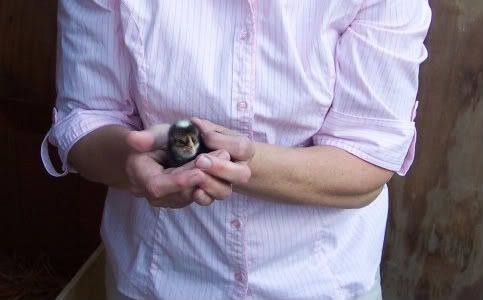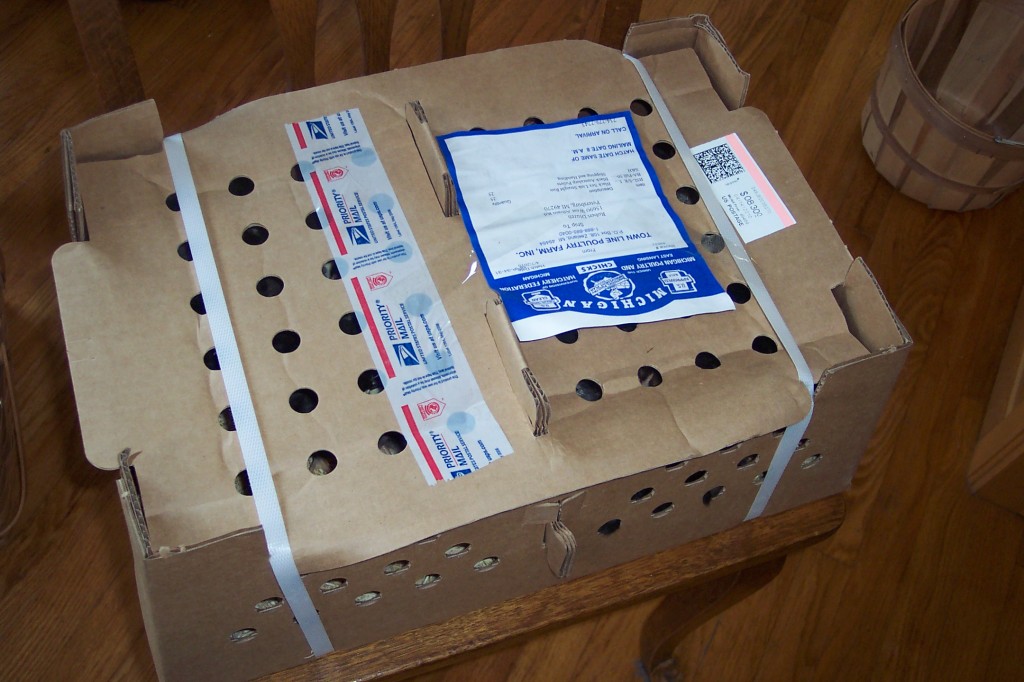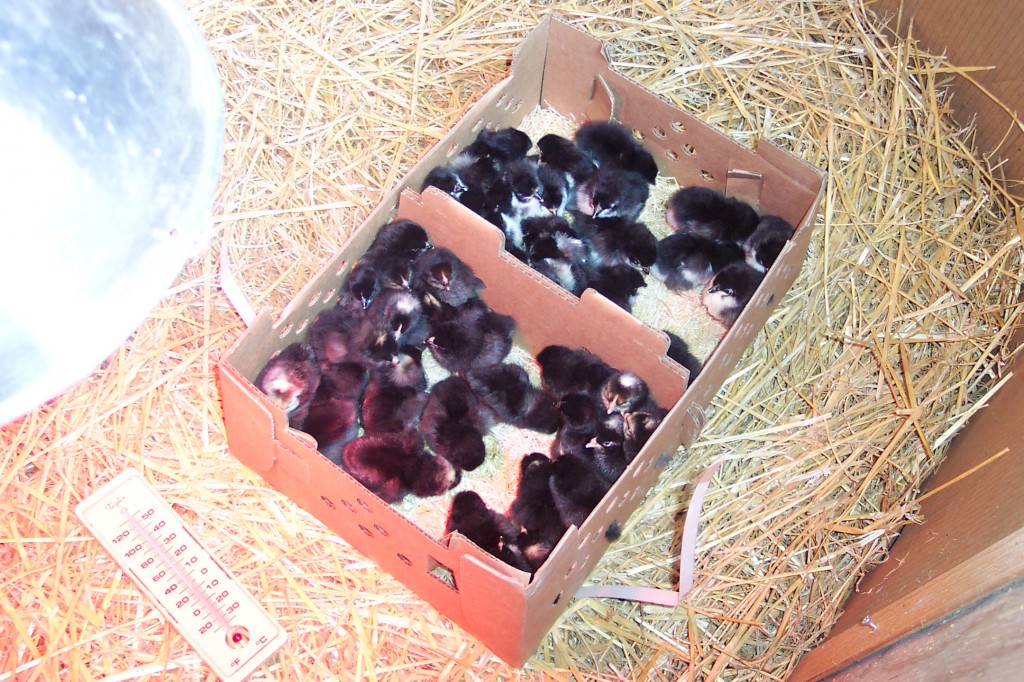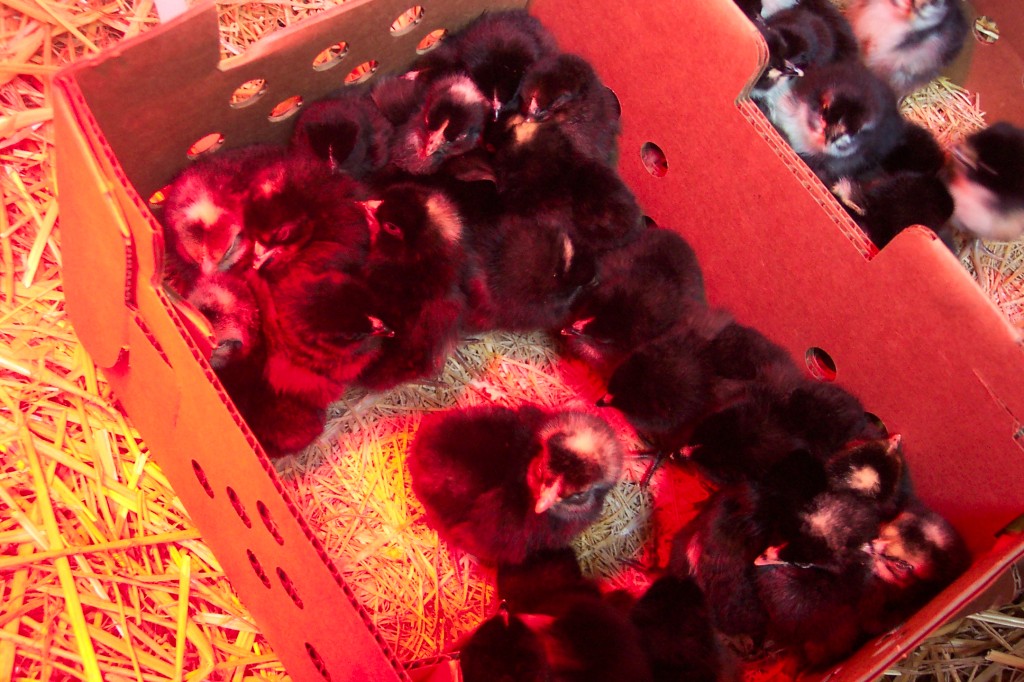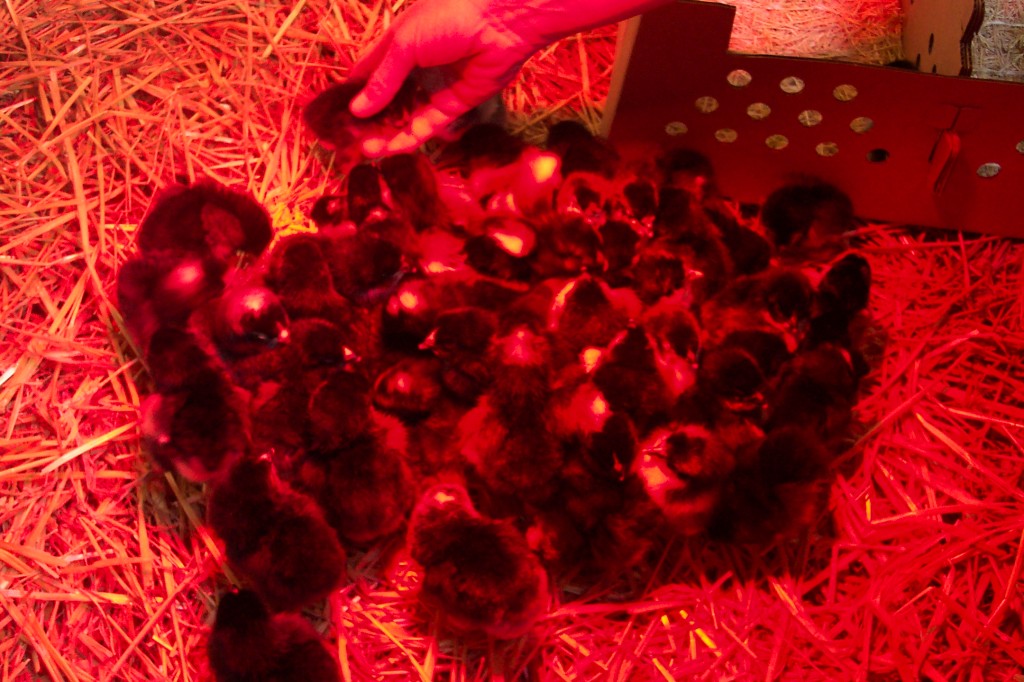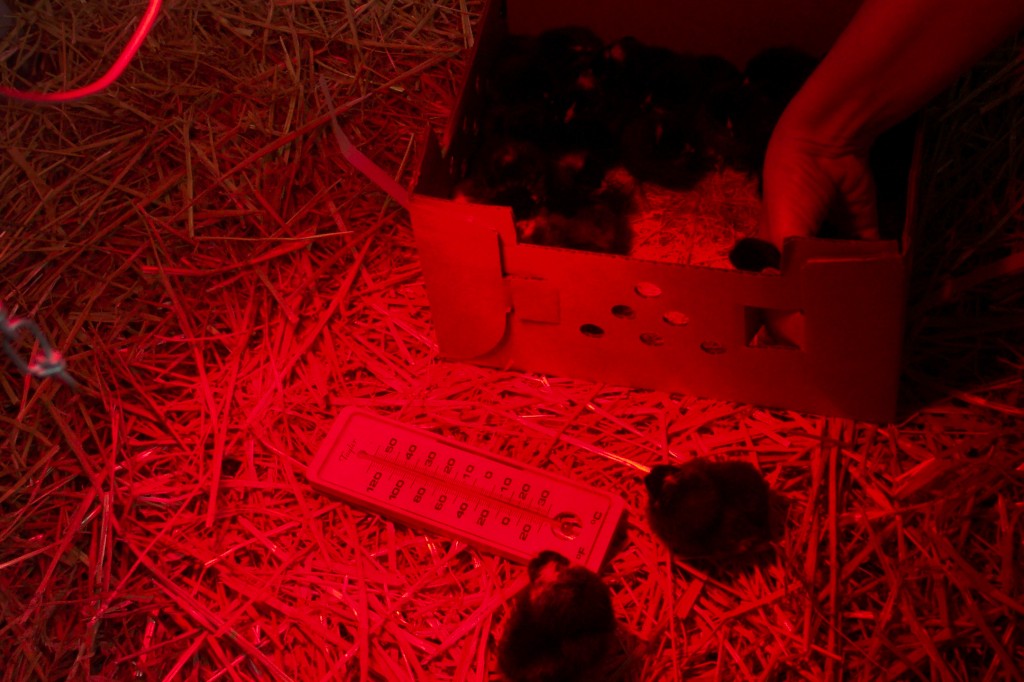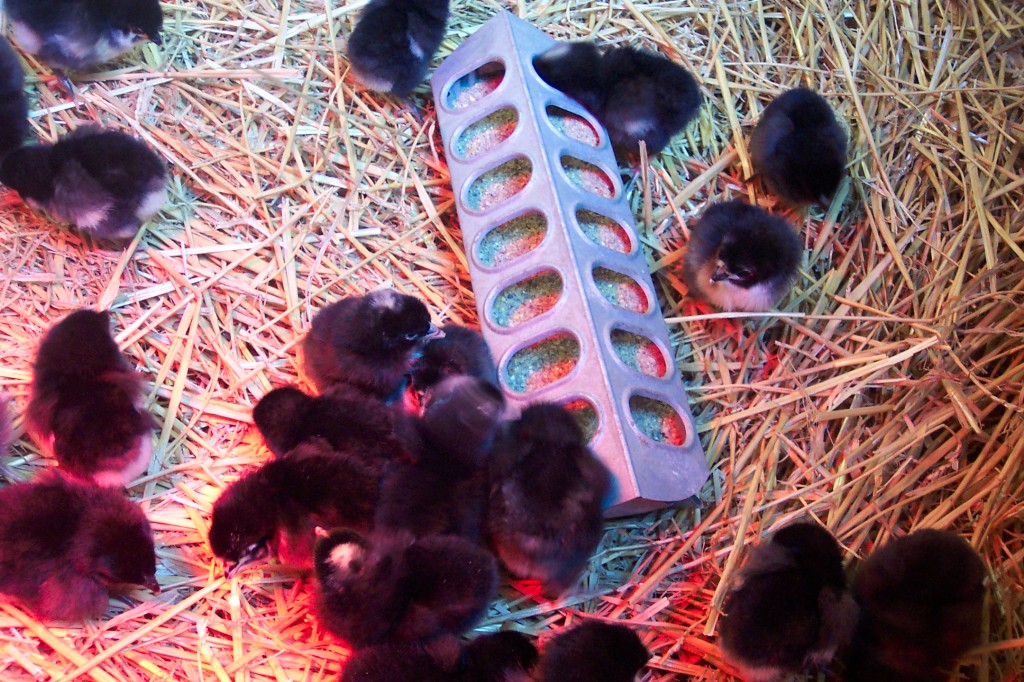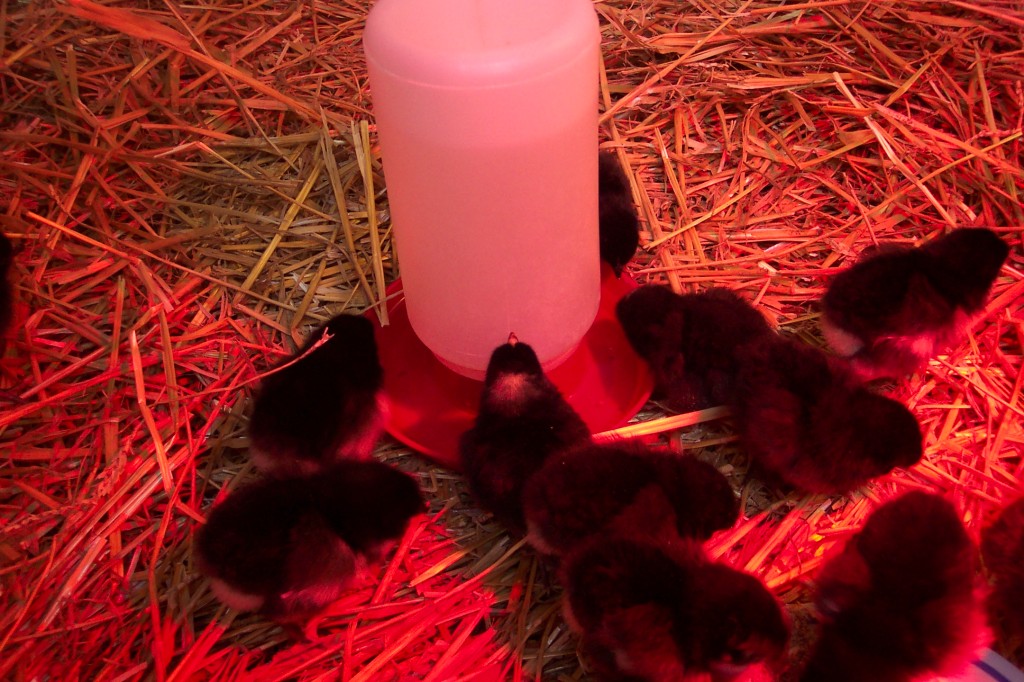One frequent complaint I hear from gardeners is the bad luck they have with getting carrots to grow. Often they mention that it hardly seems worth it since only a few seeds sprout and they end up with just a couple of carrots in the row.
The problem can be traced back to improper planting; specifically sowing the seed too deeply.
Carrot seeds are fairly small and need to be placed near the surface of the soil in order to sprout. You need to resist the urge to “dig a hole and cover the seed with dirt”.
All that is needed by carrot seeds is a very shallow row scratched into the surface of a smooth area of your garden.
Place the seed into the row and cover with a little bit of sand, I would say less than 1/4 “. The sand covers the seed without “smothering” it. This is especially helpful in gardens with heavy dense soil with a high clay content.
Carrot seeds are most commonly sold as bare seeds but sometimes can be found as “pelleted” seeds. The pelleting process deposits a layer of clay onto the seeds to help them pass through a garden seeder easier. It also makes it easier to see the seeds in your garden when planting them. Pelleting can give you a false sense of security since the seeds appear larger you think you can plant them deeper.
Keep the carrot area moist until the seedlings emerge from the soil which can take from 1 to 3 weeks. After that be sure to remove any weeds before they get too big because the young carrots won’t compete well against large weeds.
Sow carrots seeds shallowly and you will have a much better chance of harvesting a bountiful carrot crop this year.
Bob


